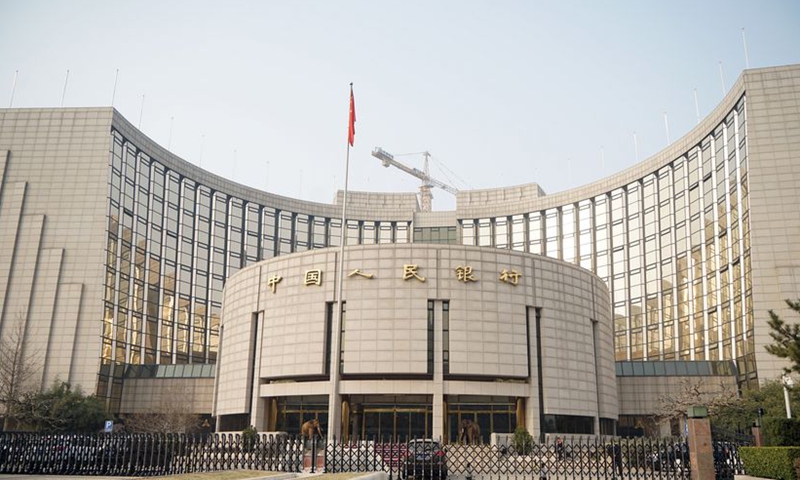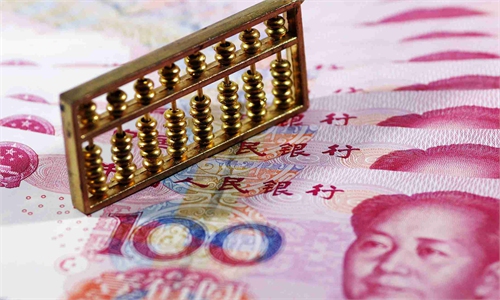China's central bank cuts RRR by 0.5 percentage points, to release 1 trillion yuan of long-term cash
PBC expands loans, lowers cost for business

PBC Photo:Xinhua
China's central bank announced on Friday to cut the required reserve ratio (RRR), the amount of cash that banks and financial institutions must hold as reserves, by 0.5 percentage points. The move is expected to release long-term capital of about 1 trillion yuan ($154 billion) in a bid to consolidate the country's economic recovery and prevent risk explosion in the second half of this year, experts said.
The policy, effective from July 15, is the first RRR cut rolled out by the central bank in more than 15 months, and will be applied to all financial institutions except for banks that are subject to an RRR of 5 percent.
PBC's easing of RRR comes as a surprise with the tapering of other central banks around the world, including the US Federal Reserve, which has been scaling back its stimulus by signaling an earlier than expected interest rate hike as soon as 2022. However, PBC said that the RRR cut does not represent a change in its fundamental policy course, and still pledges a stable and normal monetary policy, without "flood-like stimulus."
A part of the released 1 trillion yuan will be used to hedge against the liquidity pressure from the medium-term lending facility (MLF), which will mature in the second half of the year, according to the PBC.
"I expect the released capital to expand loans to small and micro enterprises, which are facing multiple pressures including a rising yuan, profit squeezing by bulk commodity price hikes, and the pandemic," Wu Chaoming, chief economist at Chasing Securities, said.
The central bank's pivot toward easing is pinned on the expectations of a cooling economy in the third and fourth quarter, especially after a record-breaking 18.3 percent expansion in the first quarter, experts said.
"The government is using the RRR target as a way to 'smooth out' a potential economic transit from high-speed growth to slow growth, so that the transition will not be too sharp," Dong Dengxin, director of the Finance and Securities Institute of Wuhan University, told the Global Times on Friday.
China's manufacturers have been feeling the brunt from spiking commodity prices to surging yuan this year, and many are struggling to absorb the upstream inflationary pressure, which might further eat into the profits of smaller businesses in the coming months, he said.
All lurking risks are likely to burst out in the second half of this year without policy adjustment, and the RRR cut is used as a tool to prevent a drastic plunge in the country's overall economic growth.
"We will closely monitor the macro indicators in June, which might show a significant slowdown, said Zhang Zhiwei, chief economist from Pinpoint Asset Management, "but we believe China will exceed its growth target for the year."
Based on the central bank's strong policy note, Tang Jianwei, an economist at Bank of Communications, said that the marginal easing on money supply might continue, and the PBC will possibly level up targeted support to micro enterprises, individual and rural businesses, and to transfer more profits to the real economy.


